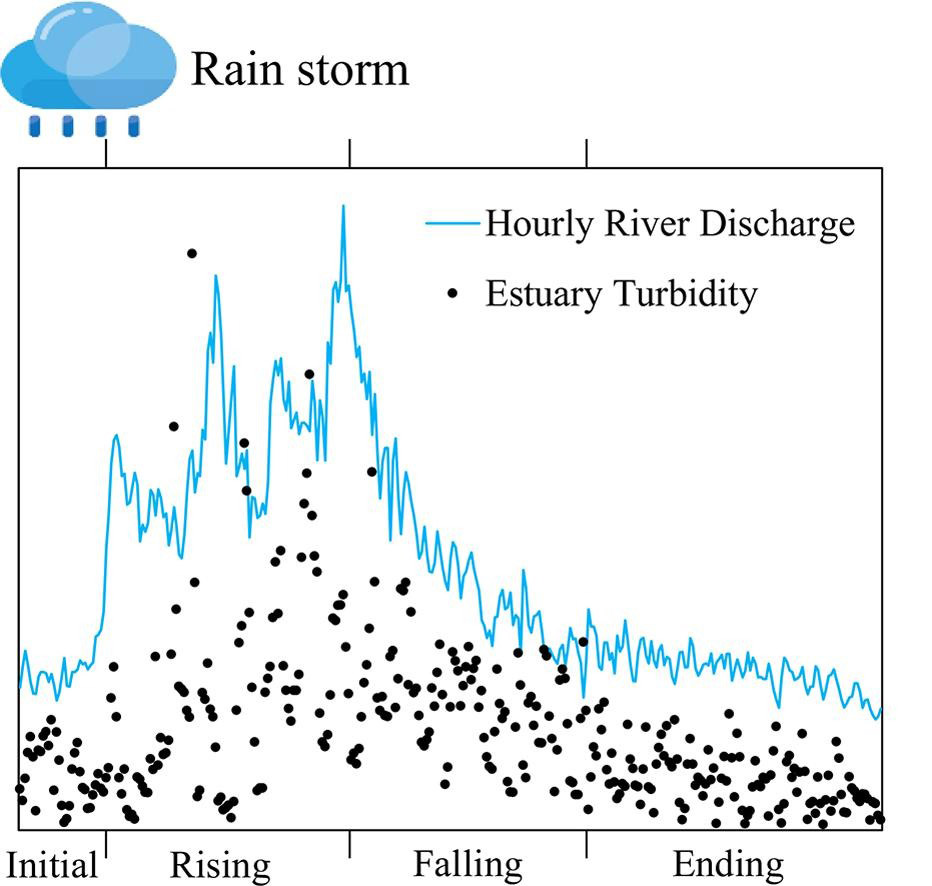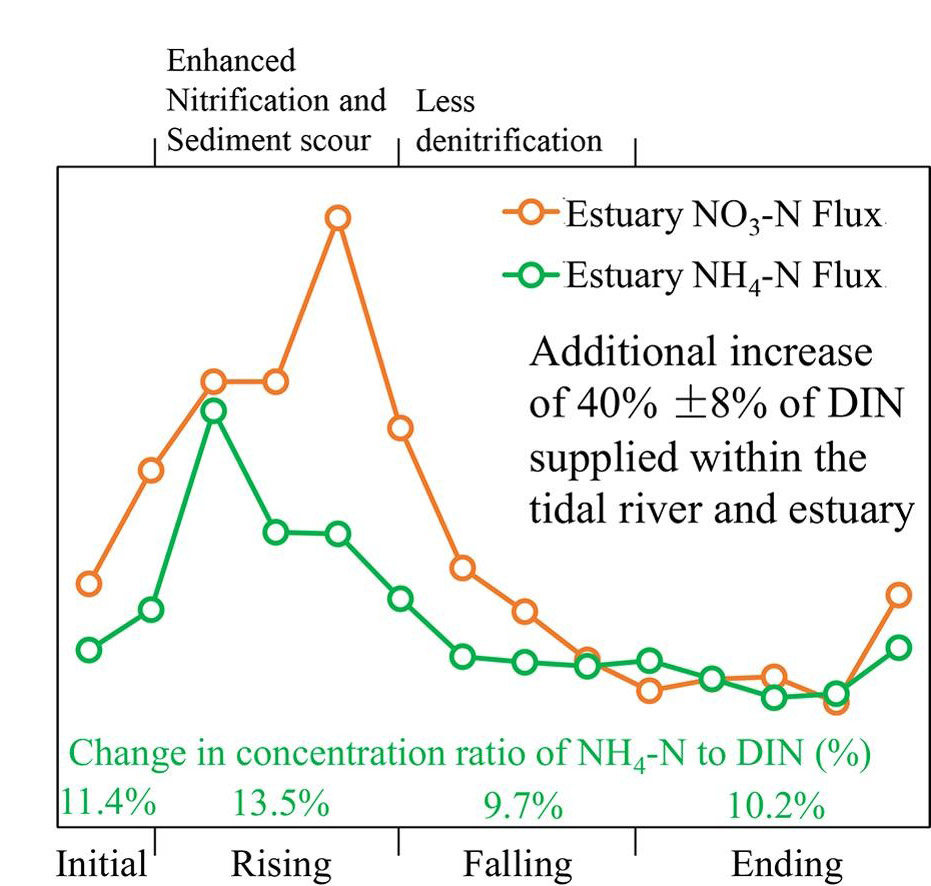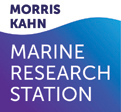
Simultaneous observations revealed the non-steady state effects of a tropical storm on the export of particles and inorganic nitrogen through a river-estuary continuum
JingjieLinab Michael D.Kromcd FenfangWangab PengChengb QibiaoYuab NengwangChenab
- aFujian Provincial Key Laboratory for Coastal Ecology and Environmental Studies, College of the Environment and Ecology, Xiamen University, Xiamen, PR China
- bState Key Laboratory of Marine Environment Science, Xiamen University, Xiamen, PR China
- cMorris Kahn Marine Station, Charney School of Marine Sciences, University of Haifa, Haifa, Israel
- dSchool of Earth and Environment, University of Leeds, Leeds, UK
Highlights
- •During storms, sediments deposited in estuaries during normal flow, are resuspended adding DIN to the extra nitrogen fluxing down the river.
- •Additional nitrate was added to the estuary by leaching from adjacent soils and groundwater, nitrification, and less denitrification.
- •Storms increase total nitrogen flux to coastal areas, with relative more ammonium export during increasing hydrography.
Abstract
An important consequence of storms in river-estuary systems is major changes in hydrology and nutrients being fluxed from the land to the coastal ocean. However, the impacts of storms on the nature and amount of dissolved inorganic nitrogen (DIN) in the river-estuary continuum are poorly understood. In this study, two week’s continuous observations on two lower riverine fixed stations and an estuarine fixed station in the Jiulong River (SE China) were carried out during a complete storm event in June 10th to 23rd 2019. Suspended particulate matter (SPM), nitrogen species and their isotopic ratios, nitrifying and denitrifying functional genes were measured. The increased river discharge caused the freshwater-brackish water boundary to move downstream and altered the pattern of particle distribution and the location of the estuarine turbidity maximum. The increased river SPM and inorganic nitrogen was associated with watershed soil erosion, sediment scour and land use. Both in the river and estuary, the peak concentration of ammonium arrived faster than nitrate. Apart from river inputs, there was an additional increase of 40 ± 8% of DIN supplied within the tidal river and estuary. The additional DIN mostly came from resuspended sediments and catchment runoff, while increased nitrate also came from soil and ground waters, increased nitrification and decreased denitrification in the estuary. These results suggest that during baseflow conditions the wetlands in the upper estuary acts as a temporary nutrient trap and biogeochemical incubator, while in storms the transformed pollutant N was fluxed from the river-estuary continuum to the adjacent coastal areas.




